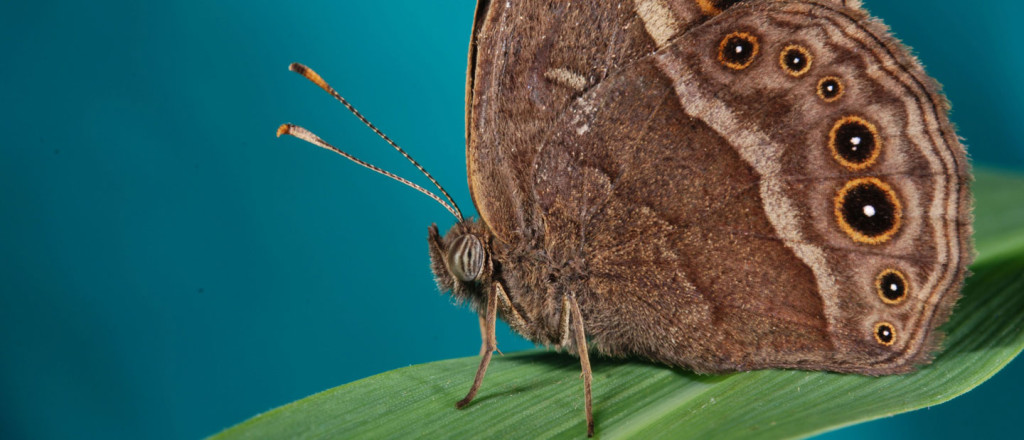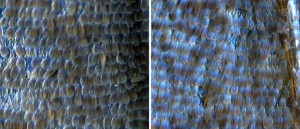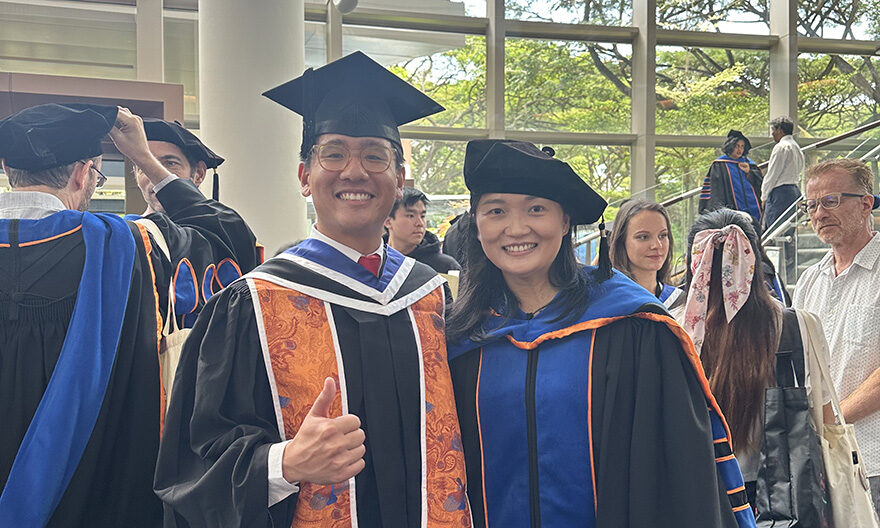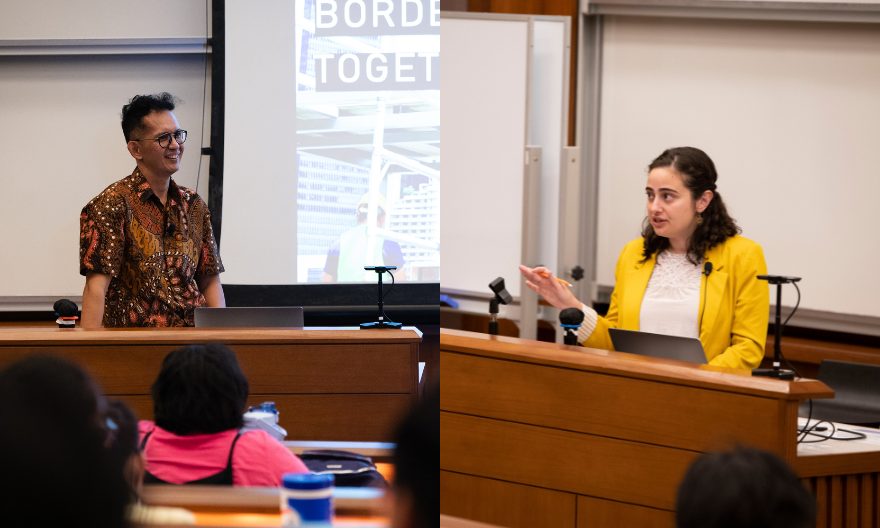Yale-NUS College researcher successfully changes the colour of butterflies’ wings

Scientists have changed the colour of butterflies’ wings in a novel study conducted by Yale-NUS College Associate Professor Antónia Monteiro in an interdisciplinary research team.
This is the first time scientists performed artificial selection to change the structural colour of butterflies’ wings. Artificial selection is the process where humans consciously select for or against particular features in organisms. In this case, Professor Monteiro’s team altered the colour of the butterflies’ wings by changing the thickness of the wing scales, specifically the thin lamina that makes up the underside of the scale. The discovery by Professor Monteiro and her team paves the way for physicists and engineers to use evolutionary principles in the design of materials and devices.
Their research was documented in the highly cited peer-reviewed journal, Proceedings of the National Academy of Sciences.
“We imagined a new target colour for the wings of a Bicyclus anynana butterfly, without any knowledge of whether this colour was achievable, and conducted artificial selection to obtain this colour. We did this by mating only those butterflies that showed wing colours that were close to the target color, and repeated this process for six generations of butterflies,” said Professor Monteiro, an evolutionary biologist.
The butterfly in question was the Squinting Bush Brown butterfly, Bicyclus anynana, whose wing colour was changed from brown to violet in the lab. Bicyclus anynana was chosen because it had cousin species that had violet colours on their wings, showing that natural selection had already achieved this colour in this group of butterflies.
The Bicyclus anynana’s original wing colour (left), and after artificial selection (right).
Professor Monteiro and her team took less than a year and “six generations of selection”, to change the colour of the Bicyclus anynana’s wings.
This project was the result of the work of an interdisciplinary team comprising physicists and evolutionary biologists.
It was also the first time Professor Monteiro worked in an interdisciplinary team and the team learnt a lot from one another.
Reflecting on her experience collaborating with scientists of different disciplines, Professor Monteiro said, “Working with my colleague, Hui Cao, and her students in Applied Physics was very interesting. They look at living organisms in a completely different way. They also ask very basic questions that force you to rethink aspects that you thought you knew about your system, but really didn’t.”
Current students in Professor Monteiro’s lab have plans to try to discover the genes that are involved in controlling the thickness of the lower lamina of the scales, hence affecting their colour. Professor Monteiro is also keen to use the tools developed in this project to look at other aspects of scale morphology in the same species, especially the morphology of scales covering pheromone scent glands on the wing.
When asked if she had any advice for aspiring biologists, Professor Monteiro said, “Biology is a vast discipline and currently, I don’t see us anywhere close to figuring out most mysteries surrounding living organisms and their complex workings. Our ignorance is endless.”
“There is a lot of work ahead for aspiring biologists!” she added.






